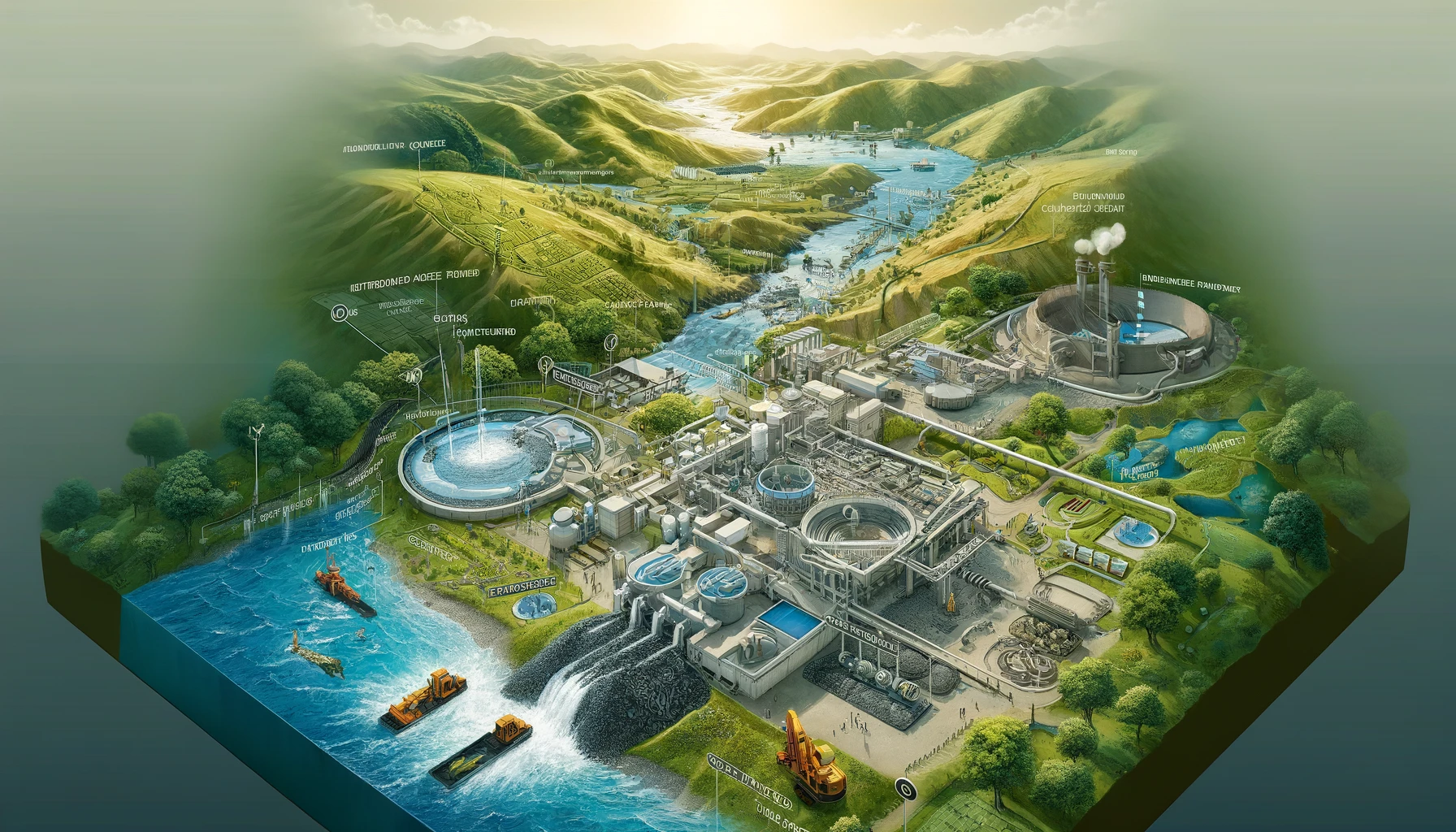Building a Sustainable Future: Enhancing Water Resource Efficiency in Mining Sector of Jharkhand

- Country:
- India
In a recent study by the Central University of Jharkhand, Ranchi, researchers tackled the water challenges faced by Jharkhand, a mineral-rich state in India with severe water scarcity issues. They focused on the Gidi A region, aiming to find ways to integrate mined water into the state's water management strategies. The study employed two analytical methods: the Analytic Hierarchy Process (AHP) and Entropy Analysis, to evaluate the feasibility, efficiency, and cost-effectiveness of using mine water.
Jharkhand's water scarcity is worsened by its extensive coal mining activities, which produce significant amounts of mine water. Traditionally seen as a pollutant, mine water holds potential as a valuable resource. The study aimed to shift this perspective, proposing that with proper management, mine water could help address the region's water shortages.
Top Concerns of Water Management Identified by AHP
The AHP method was used to prioritize various factors important to stakeholders in the region. These included water quality, environmental impact, and technological feasibility. Water quality emerged as the top priority, indicating that stakeholders are highly concerned about the purity and safety of water. This is understandable, as clean water is essential for health and well-being. Environmental impact came next, showing that stakeholders also care deeply about minimizing the negative effects of mining on the environment. Technological feasibility was another significant factor, highlighting the importance of using reliable and practical technologies in water management.
Infrastructure investments were identified as the most crucial aspect, accounting for nearly 58% of the total weight in the AHP analysis. This means that developing robust water management infrastructure is seen as the key to effectively utilizing mine water. The study's consistency ratio, a measure of the reliability of the comparisons made, was about 10.24%, indicating that the prioritizations were dependable.
Water Management Strategies through Entropy Analysis
The Entropy Analysis provided additional insights into stakeholder preferences for different water management strategies. This method measures the degree of consensus among stakeholders. Infrastructure investments showed the highest entropy value, indicating some variability in opinions but also emphasizing their importance. On the other hand, conservative measures, like basic risk mitigation and regulatory compliance, had the lowest entropy value, showing high agreement among stakeholders about their necessity.
Key Findings on Water Resource Management Priorities in Jharkhand
The study highlighted several points regarding water resource management in Jharkhand. Stakeholders prioritize water quality, emphasizing the need for effective treatment processes to ensure clean and safe water. There is also a strong concern about minimizing the negative environmental impacts of mining, which includes protecting ecosystems, biodiversity, and maintaining air and water quality.
Practical and reliable water management technologies are crucial, as stakeholders prefer solutions that are easy to implement and compatible with existing infrastructure. A significant focus is placed on infrastructure investments, indicating the need for substantial investments in building and maintaining robust water management systems.
While cost-effectiveness and sustainability are important, they were given slightly lower priority compared to water quality and environmental impact. This suggests that stakeholders are willing to invest in high-quality and environmentally friendly solutions, even if they come at a higher cost.
Roadmap for Sustainable Water Management in Jharkhand
The study's findings provide a roadmap for policymakers and stakeholders in Jharkhand to develop effective water management strategies. By prioritizing actions that address water quality, environmental impact, and technological feasibility, the region can make the most of its mined water resources. This approach not only helps alleviate water scarcity but also promotes sustainable development in mining areas.
The research suggests that with proper management and investment in infrastructure, mined water can be a valuable resource for Jharkhand. By focusing on clean water, environmental protection, and practical technologies, the state can tackle its water challenges and ensure a sustainable future. This study offers a clear framework for making informed decisions about water resource management, emphasizing the importance of stakeholder priorities and local conditions.
- FIRST PUBLISHED IN:
- Devdiscourse










